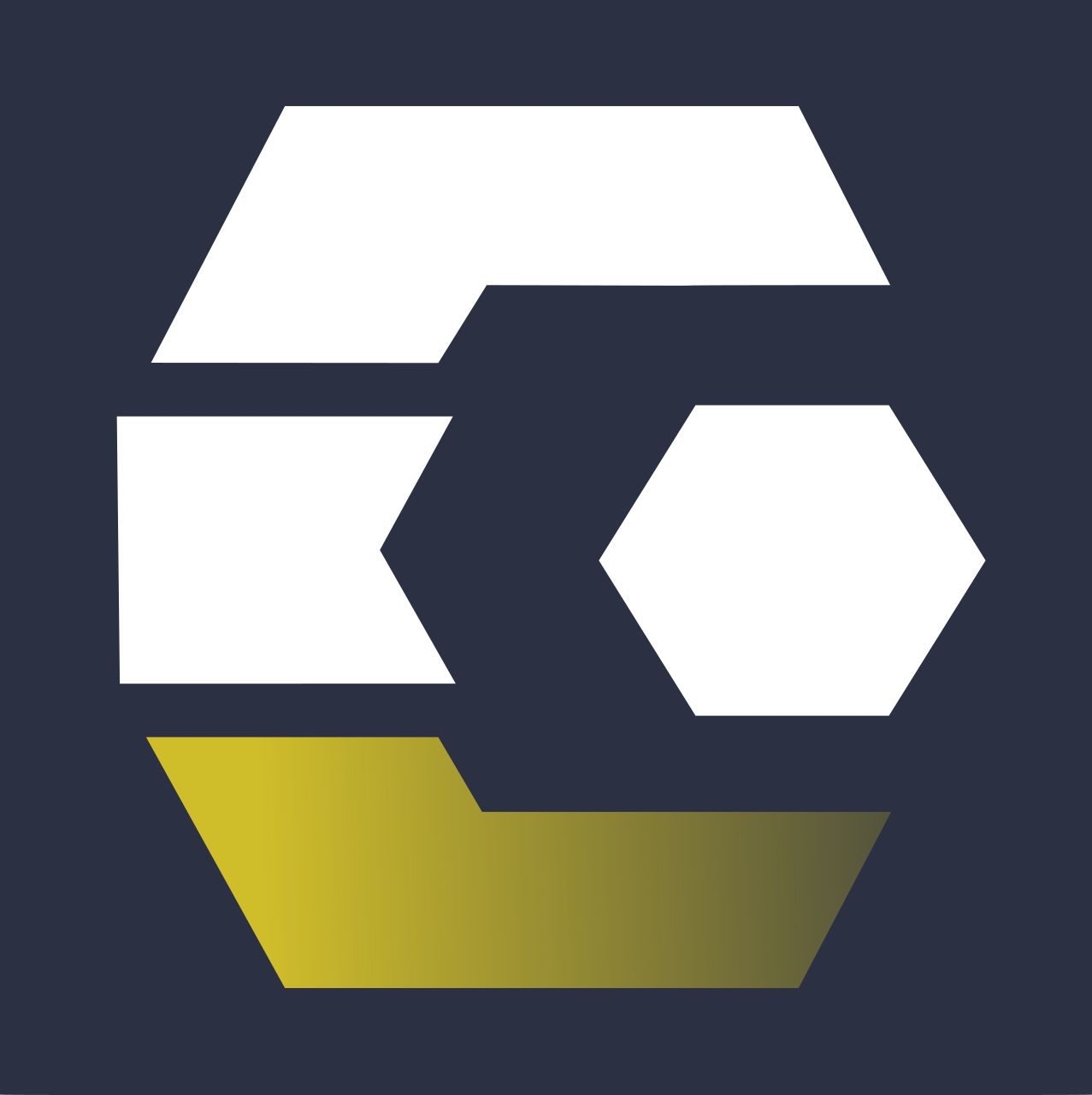Introduction to Galaxy Analyses
Galaxy is a scientific workflow, data integration, and data and analysis persistence and publishing platform that aims to make computational biology accessible to research scientists that do not have computer programming experience.
Material
You can view the tutorial materials in different languages by clicking the dropdown icon next to the slides (slides) and tutorial (tutorial) buttons below.First Time Using Galaxy
A quick look at using Galaxy
| Lesson | Slides | Hands-on | Recordings | Input dataset | Workflows |
|---|---|---|---|---|---|
|
Introduction to Galaxy
|
|||||
| A short introduction to Galaxy |
Your First Analysis
These are the core, foundational topics for learning how to use Galaxy.
| Lesson | Slides | Hands-on | Recordings | Input dataset | Workflows |
|---|---|---|---|---|---|
|
Galaxy Basics for everyone
|
|||||
|
Galaxy Basics for genomics
|
Go a bit further
Explore the Galaxy a bit further after you've finished the basics.
| Lesson | Slides | Hands-on | Recordings | Input dataset | Workflows |
|---|---|---|---|---|---|
| Data Manipulation Olympics | |||||
|
From peaks to genes
|
|||||
|
How to reproduce published Galaxy analyses
|
|||||
|
Introduction to Genomics and Galaxy
|
|||||
|
NGS data logistics
|
|||||
|
Options for using Galaxy
|
Other
Assorted Tutorials
| Lesson | Slides | Hands-on | Recordings | Input dataset | Workflows |
|---|
Galaxy instances
You can use a public Galaxy instance which has been tested for the availability of the used tools. They are listed along with the tutorials above.
You can also use the following Docker image for these tutorials:
docker run -p 8080:80 quay.io/galaxy/introduction-trainingNOTE: Use the -d flag at the end of the command if you want to automatically download all the data-libraries into the container.
It will launch a flavored Galaxy instance available on http://localhost:8080. This instance will contain all the tools and workflows to follow the tutorials in this topic. Login as admin with password password to access everything.
Frequently Asked Questions
Common questions regarding this topic have been collected on a dedicated FAQ page . Common questions related to specific tutorials can be accessed from the tutorials themselves.
Follow topic updates rss-feed with our RSS Feed
Editorial Board
This material is reviewed by our Editorial Board:
Contributors
This material was contributed to by:
Funding
These individuals or organisations provided funding support for the development of this resource
